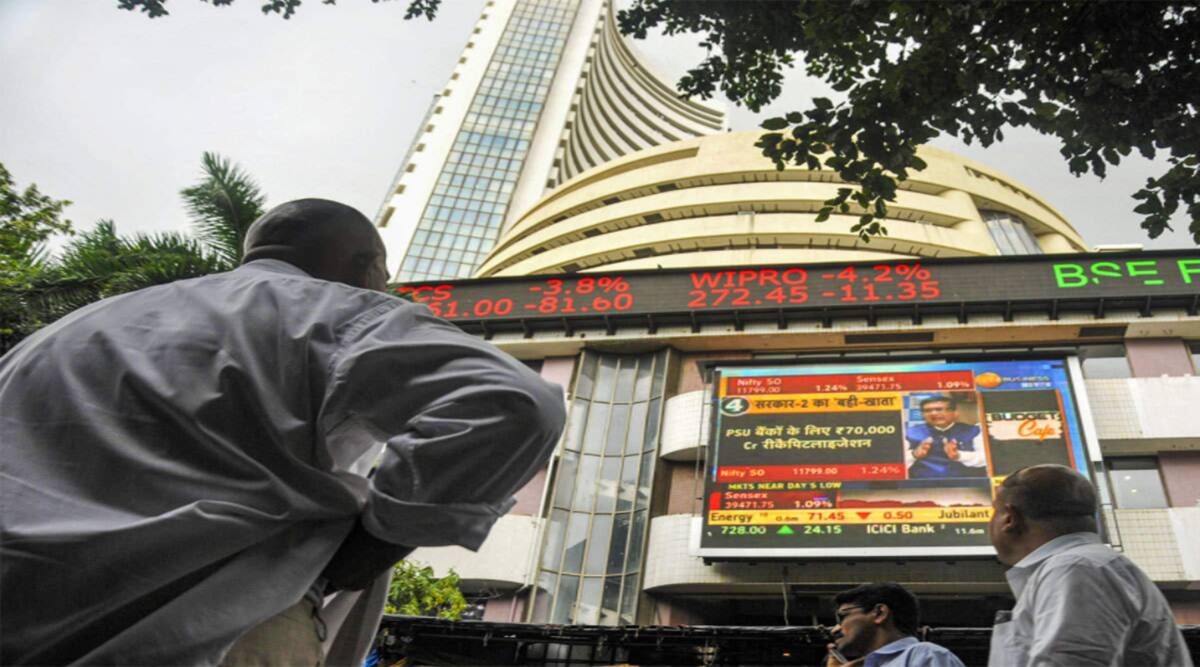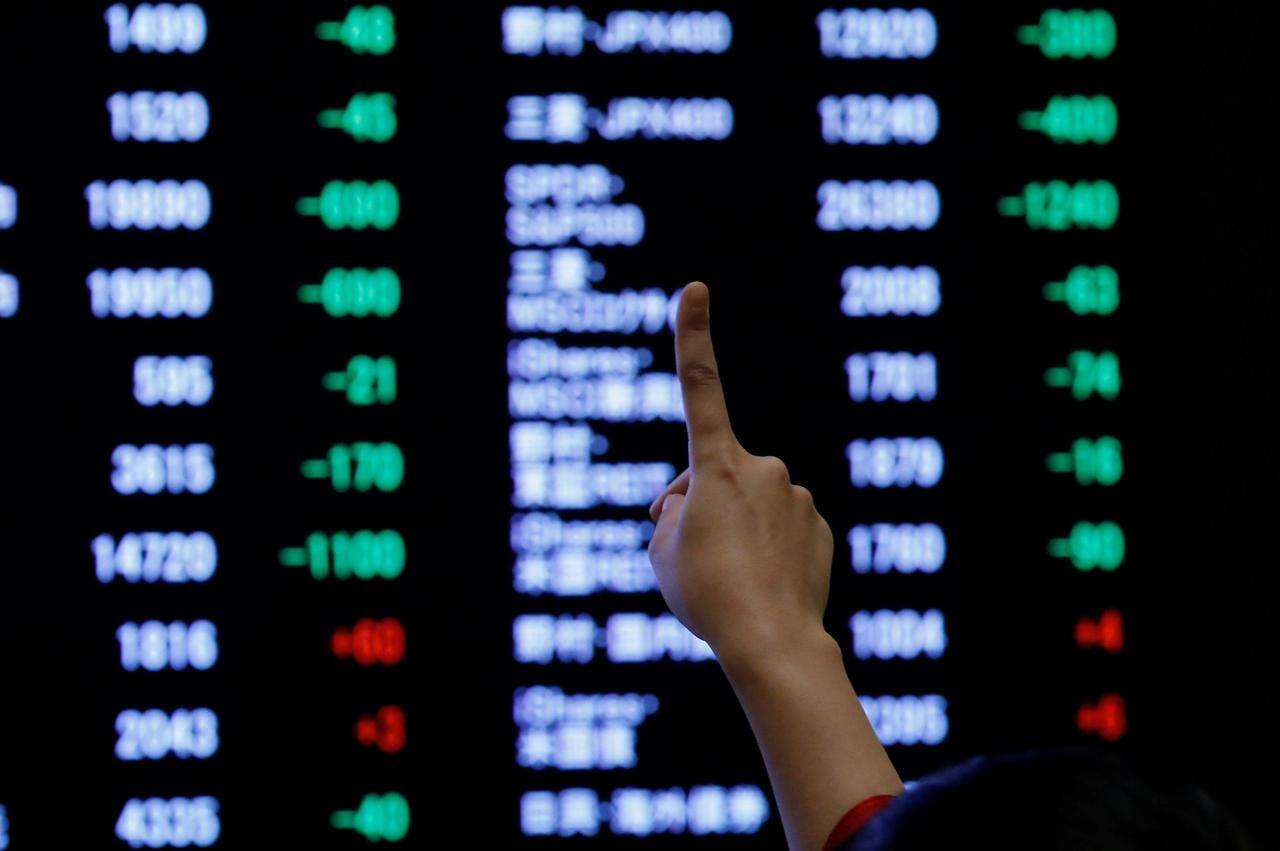US long-term Treasury yields sank to a more than seven-week trough on Friday while the dollar drooped near recent lows against other major currencies peers as markets continued to digest dovish signals from the Federal Reserve.
Expectations of a less aggressive pace of US monetary tightening from as soon as next month continued to support some stock markets in Asia, but Hong Kong’s Hang Seng dropped sharply as record COVID-19 infections in China dimmed the outlook.
Also read: F&O expiry 1 Dec: Nifty support at 18200-18300, index momentum bullish; use any blip as buying opportunity
The dollar index, which measures the greenback against the euro, yen and four other rivals, hovered not far from Thursday’s low of 105.62, and last stood at 105.86.
A “substantial majority” of Fed policymakers had agreed it would “likely soon be appropriate” to slow the pace of interest rate rises, minutes of their latest meeting showed on Wednesday.
Futures markets show investors now see US rates peaking just above 5% around May, and are pricing in roughly two-thirds odds that the Fed slows to a half-point hike on Dec. 14 from a string of 75-basis-point increases.
“Having seen the way the market has reacted – equities rally, bond yields fall and the dollar weakens – if I was the Fed, I’d be thinking I had better go and say something really hawkish now, because otherwise the last 75 basis points of tightening I’ve done are basically pointless, and the next 50 are just going to be swallowed up by the market going, ‘Don’t worry about it, the pivot is coming’,” said ING economist Rob Carnell.
“You want your rate hikes to mean something, so I think once everyone has digested their turkey and gotten back to work – probably early next week – we’re going to hear some pretty hawkish stuff coming out of the Fed.”
US S&P 500 E-mini futures pointed 0.2% higher for the restart of Wall Street trading on Friday.
Asia-Pacific share markets were mixed, with Australia’s benchmark managing a 0.35% rise, but a tech-led selloff in Hong Kong shares weighing on sentiment in other parts of the region.
The Hang Seng dropped 0.93%, with the tech sector tumbling 2.22%.
Japan’s Nikkei slumped 0.34% and South Korea’s Kospi lost 0.31%.
Also read: Rupee opens lower, may depreciate further amid pressure from external factors, strong dollar demand
China reported record high COVID infections on Thursday, with cities nationwide imposing localised lockdowns, mass testing and other curbs, snuffing out recent optimism about the world’s second largest economy moving from strict zero-COVID policies to living with the disease.
“Investors are right to be worried,” said ING’s Carnell. “They still in China don’t have the adequate health network that they would be able to deal with a full-on outbreak with lots of people getting sick.”
Mainland Chinese blue chips, though, rose 0.51%, buoyed by government measures to support the real estate market. An index of property developer shares surged 5.33%.
Oil rose slightly, paring a little of this week’s losses, which have been driven by worries about Chinese demand and expectations a high price cap planned by the Group of Seven nations on Russian oil will keep supply flowing.
Brent crude futures inched up 13 cents, or 0.2%, to $85.47 a barrel.
US West Texas Intermediate (WTI) crude futures jumped 35 cents, or 0.5%, from Wednesday’s close to $78.32 a barrel. There was no WTI settlement on Thursday due to the US holiday.
Both contracts were headed for their third consecutive weekly decline, on track to fall about 2%.
Gold ticked 0.2% higher to $1,758.44 an ounce amid dollar weakness.




